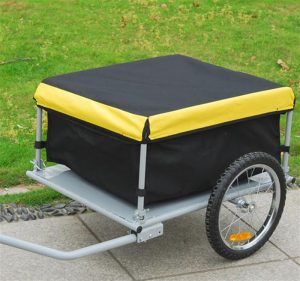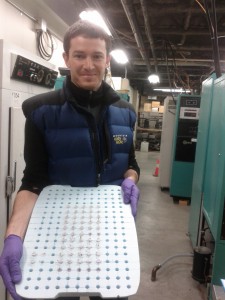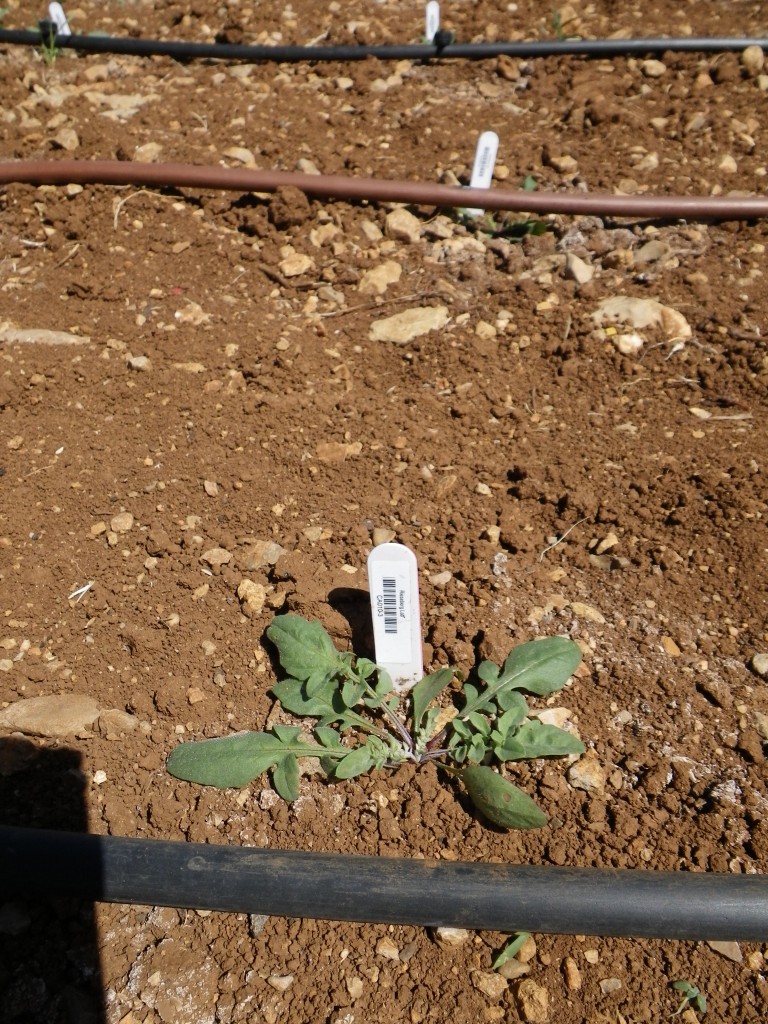There are two new-to-the-lab drying ovens in the Biosci lab. They appear to be older. They do not have digital displays of the inside temperature. Neither do they have temperature settings on the dial. Rather, they have dedicated glass thermometers and temperature settings 1-10. I just installed a Hobo temperature logger, set to take readings every ten minutes. I’ll adjust the settings over the next few days to try and get a bead on what those temperature setting numbers on the outside mean.
There is a link above to the drying-oven’s manual, but it is very basic and I didn’t find it to be much help.
September 9, 2015: Follow-up
Regarding the older-model drying ovens (from Velland’s lab).
Center temp reading:
Setting 1: 26 deg. C.
Setting 2: 51 deg. C.
Setting 3: 65 deg. C.
Note, there is a marked discrepancy between readings on the glass thermometers in the oven and the Hobo temp logger upon which the above information is based. Glass thermometers appear to read a lower temperature than the Hobo logger, up to 10 degrees difference in some cases. The Hobo used during this trial was new and factory- calibrated. At least one of the glass thermometers appears to have bubbles in the metering liquid, so may be faulty.
Temperature setting 2: The temp logger was in the center of an empty oven with the vent partially open during readings. When the vent (located on the top of the unit) was opened and both shelves were filled with damp samples the top shelf appeared to run about 10 degrees cooler than the bottom shelf (according to readings from the glass thermometers). Filled with damp samples and with the vent fully opened, average temperature for the top shelf was 33 deg. C. And according to the glass thermometer, the temperature on the bottom shelf was about 43 degrees. It may be worth noting that these readings were taken from glass thermometers laying directly on metal shelves, whereas the samples themselves were elevated off the metal shelves, somewhat, by their stems and sepals/calyx, and so likely insulated from any quick fluctuations by these things, as they would have been by the surrounding air and enclosing plastic bags. At the last measurement, bottom shelf samples were warm, but not hot, to the touch. Also, there was a vigorously living spider moving about in one of the bottom shelf bags.



